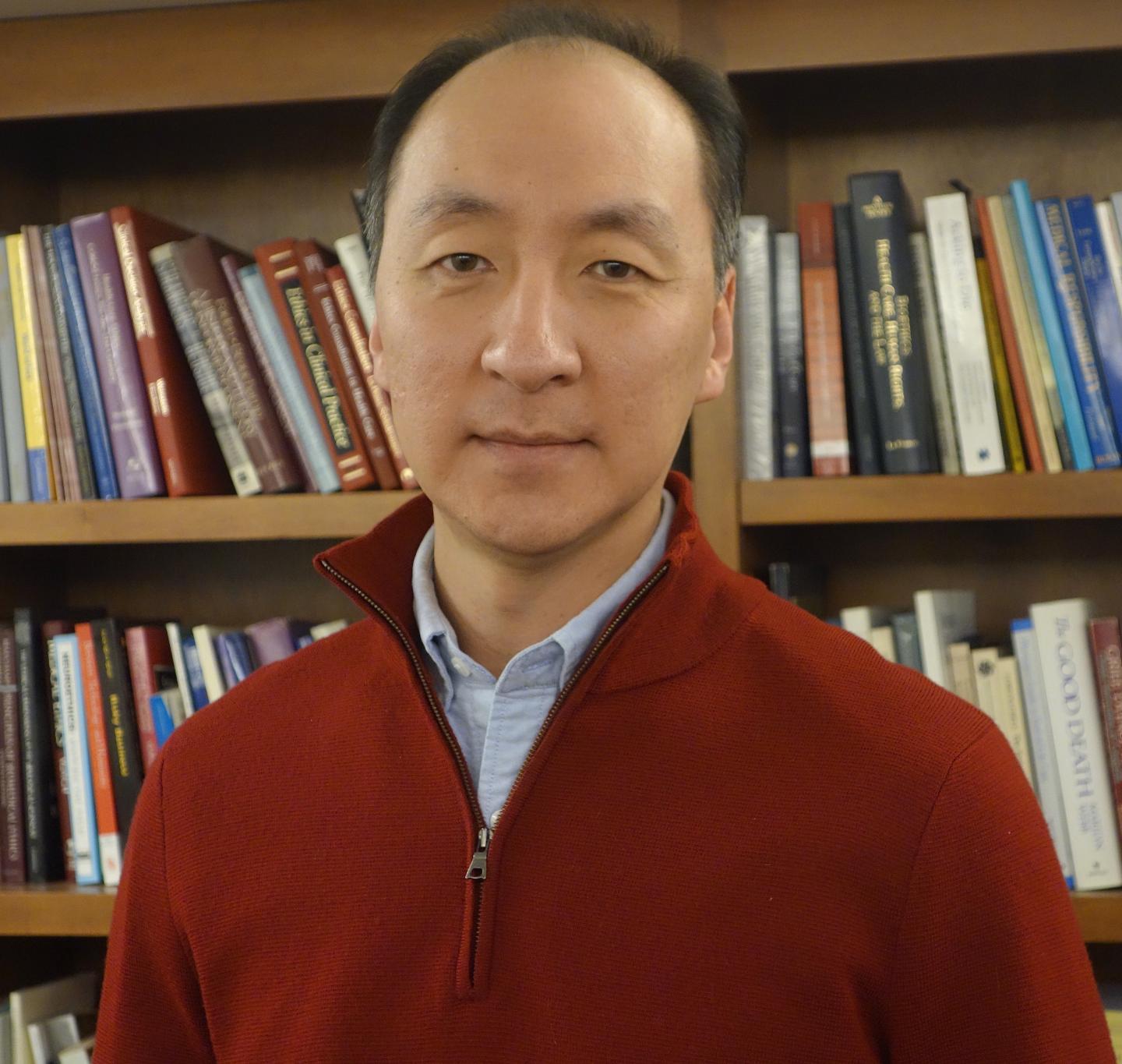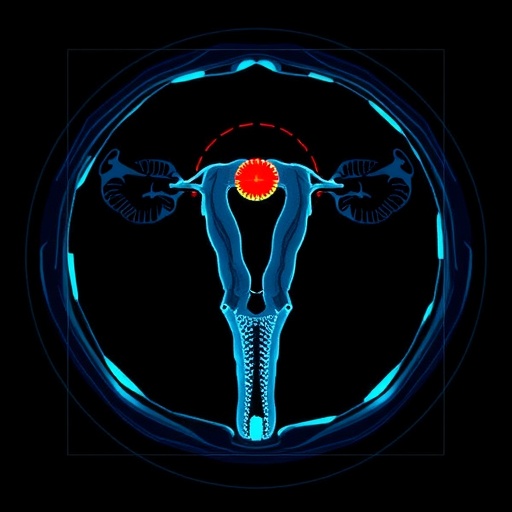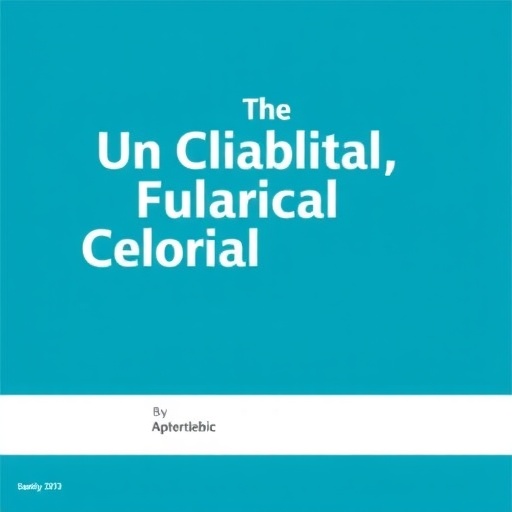
Credit: Case Western Reserve University
CLEVELAND (March 5, 2021)–An international team of bioethicists and scientists, led by a researcher at Case Western Reserve University, contends it may be justified to go beyond the standing 14-day limit that restricts how long researchers can study human embryos in a dish. Going beyond this policy limit could lead to potential health and fertility benefits, and the authors provide a process for doing so.
In an article published March 5 in Science, Insoo Hyun, a bioethics professor at the Case Western Reserve University School of Medicine and the paper’s lead author, and colleagues urge policymakers and the International Society for Stem Cell Research (ISSCR) to consider “a cautious, stepwise approach” to scientific exploration beyond the 14-day limit.
“But first,” they write, “one must appreciate the scientific reasons for doing so. Any such proposed research must serve important goals that cannot be adequately met by other means.”
ISSCR is expected to soon release updated guidelines for stem cell and embryo research.
Among the potential benefits of studying human embryos beyond the 14-day limit include understanding how early development disorders originate and developing therapies that address causes of infertility, developmental disorders and failed pregnancy.
Since the first successful birth from in vitro fertilization in the late 1970s, human embryo research has been subject to limits of time and developmental benchmarks. The general rationale for imposing those limits was that, although considered acceptable to benefit human health and improve reproduction, in vitro research should conclude 14 days after fertilization–about when implantation in the womb is normally completed.
National guidelines, laws and international norms have prohibited scientists from culturing human embryos for research after 14 days, or beyond the appearance of a structure called the “primitive streak,” which defines the period when principal tissues of the body begin to form and an embryo can no longer divide into identical twins. Thus, the 14-day limit allowed research to proceed until the human embryo in a dish starts to become biologically unique.
When this limit was put in place, there were no methods to culture embryos in a dish for anywhere close to two weeks.
But research since 2016 shows that it is likely possible to culture human research embryos past the two-week limit, and suggests that doing so will yield scientific insights that could prove important for human health and fertility.
The authors acknowledge that researchers should adhere to the 14-day limit, “unless a strong scientific justification can be offered to culture human embryos longer in locales where it would be legally permissible to do so. Any such proposed research must serve important goals that cannot be adequately met by other means.”
Hyun and colleagues propose six principles that can be used to weigh whether research on human embryos can move beyond the 14-day limit, in incremental, measured steps. They note their principles apply for extending the 14-day limit, but also for other complex research.
Among their principles, they emphasize that extended embryo culture should begin in small steps, with frequent interim evaluations. For instance, it would first be necessary to assess feasibility of culture past 14 days, and, if so, to assess whether those newly permitted experiments were informative enough to justify the further use of human embryos.
Their other principles include advocating for research proposals to be peer-reviewed by qualified and independent science and ethics committees; for public dialogue at the local institutional level and, more broadly.
“Realistically,” they conclude, “an incremental approach seems to be our only path forward, both from a scientific and a policy standpoint.”
###
The article’s co-authors are: Annelien Bredenoord, at the University Medical Center Utrecht and Utrecht University in Utrecht, Netherlands; James Briscoe, at the Francis Crick Institute in London and The Company of Biologists in Cambridge, United Kingdom; Sigal Klipstein, at the University of Chicago Pritzker School of Medicine in Chicago; and Tao Tan at Kunming University of Science and Technology in Kunming, China.
Case Western Reserve University is one of the country’s leading private research institutions. Located in Cleveland, we offer a unique combination of forward-thinking educational opportunities in an inspiring cultural setting. Our leading-edge faculty engage in teaching and research in a collaborative, hands-on environment. Our nationally recognized programs include arts and sciences, dental medicine, engineering, law, management, medicine, nursing and social work. About 5,100 undergraduate and 6,700 graduate students comprise our student body. Visit case.edu to see how Case Western Reserve thinks beyond the possible.
Media Contact
Bill Lubinger
[email protected]
Related Journal Article
http://dx.





